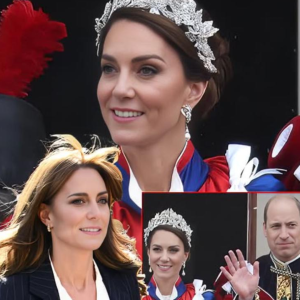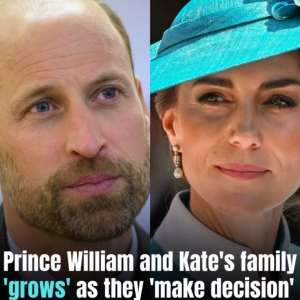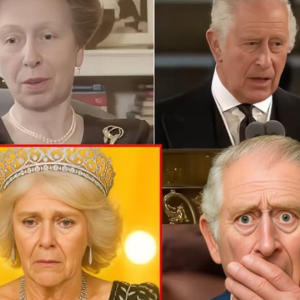As the 2025 Formula 1 season kicked off, Ferrari entered the fray with sky-high expectations. The Scuderia had ended 2024 on a strong note, pushing McLaren for the Constructors’ Championship title right down to the final race in Abu Dhabi.
Finishing just 14 points behind McLaren, Ferrari appeared poised for a breakthrough season. After all, McLaren’s championship-worthy car was only truly competitive from Miami onwards—meaning Ferrari’s late-season push was particularly impressive.
However, 2025 brought a very different kind of pressure and challenge. Unlike the previous year, when teams like McLaren could afford to develop their cars well into the season, 2025 came with a looming deadline: the impending 2026 regulation overhaul.
Every team understood that development efforts for the next year’s radically redesigned cars would need to start early. This meant that the initial races of 2025 were no longer a warm-up period but crucial in setting the tone for the championship battle.
For Ferrari, the first few races proved disastrous.
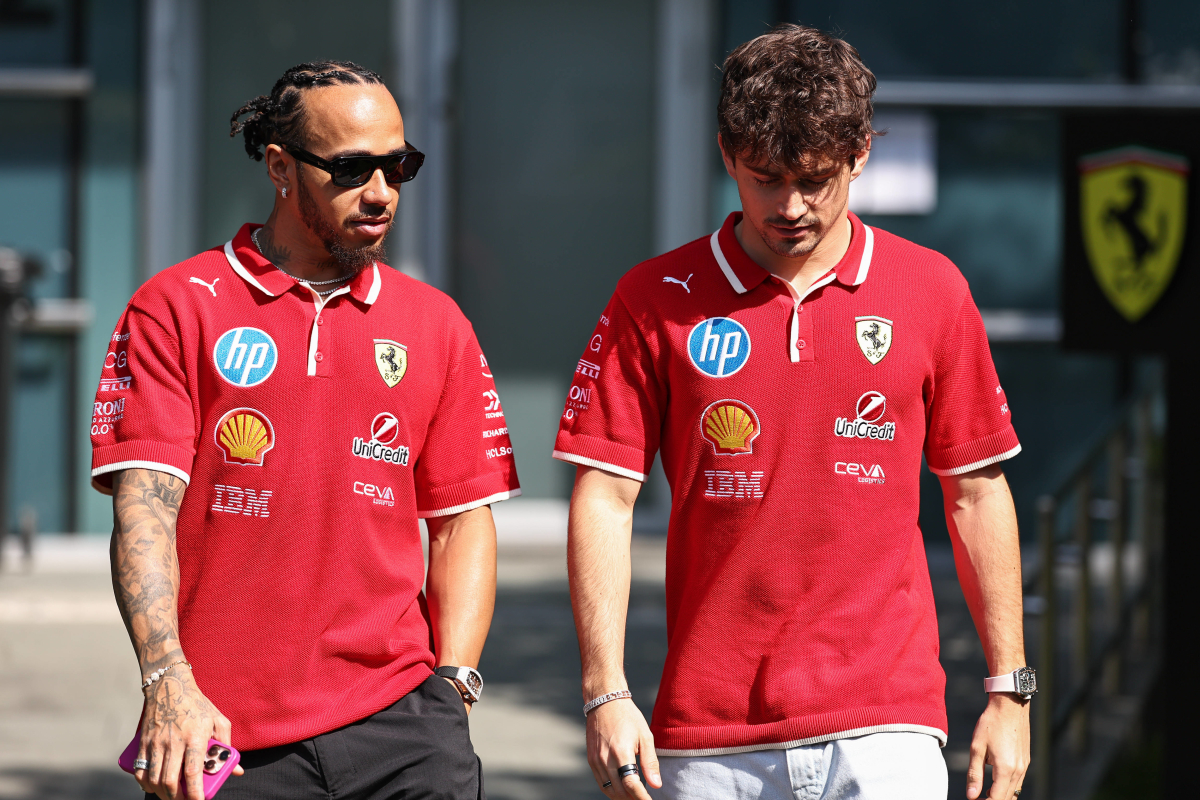
A Nightmare Start for the Prancing Horse
The opening phase of Ferrari’s 2025 campaign was nothing short of a nightmare. In Australia, the team’s strategy blunders saw both cars finishing well outside the points—Hamilton in 10th and Leclerc in 8th. The confusion continued in China, where both cars were disqualified for technical infringements, a devastating blow for morale and points accumulation.
Though Leclerc claimed a lone sprint race victory in Shanghai and the pair secured three podiums between them, these highlights are depressingly sparse for a team with championship ambitions. Ferrari currently sits third in the Constructors’ Championship, 16 points behind Mercedes—a margin that looks better than it actually is due to the struggles of their rivals.
Rivals’ Weaknesses Mask Ferrari’s Problems
It’s tempting to view Ferrari’s position as relatively strong given the state of Mercedes and Red Bull this year. Mercedes is integrating a teenage rookie, Anteneelli, and dealing with the usual growing pains that come with such a transition. Red Bull, meanwhile, continues to battle the persistent issue of having one competitive driver and one significantly underperforming teammate.
On paper, Ferrari should have an edge with a driver lineup featuring two seasoned race winners—Lewis Hamilton and Charles Leclerc. Yet, despite this, the team is barely holding on. They trail McLaren and only sit marginally ahead of teams riddled with their own internal inconsistencies. The perception of Ferrari’s strength is largely inflated by the weaknesses of others rather than their own merit.
The Shift in Team Fortunes
Over the last decade, McLaren has transformed itself from a backmarker to a dominant force, largely thanks to consistent leadership and internal optimization under Andrea Stella. In contrast, Ferrari’s struggle to field a reliable, competitive car at the start of 2025 exposes a fundamental issue in their technical and operational setup.
Ferrari’s recent decision to halt wind tunnel testing on the SF25 confirms the current car’s performance ceiling has been reached. Any improvements from here will be incremental at best—far from the leaps needed to close the gap.
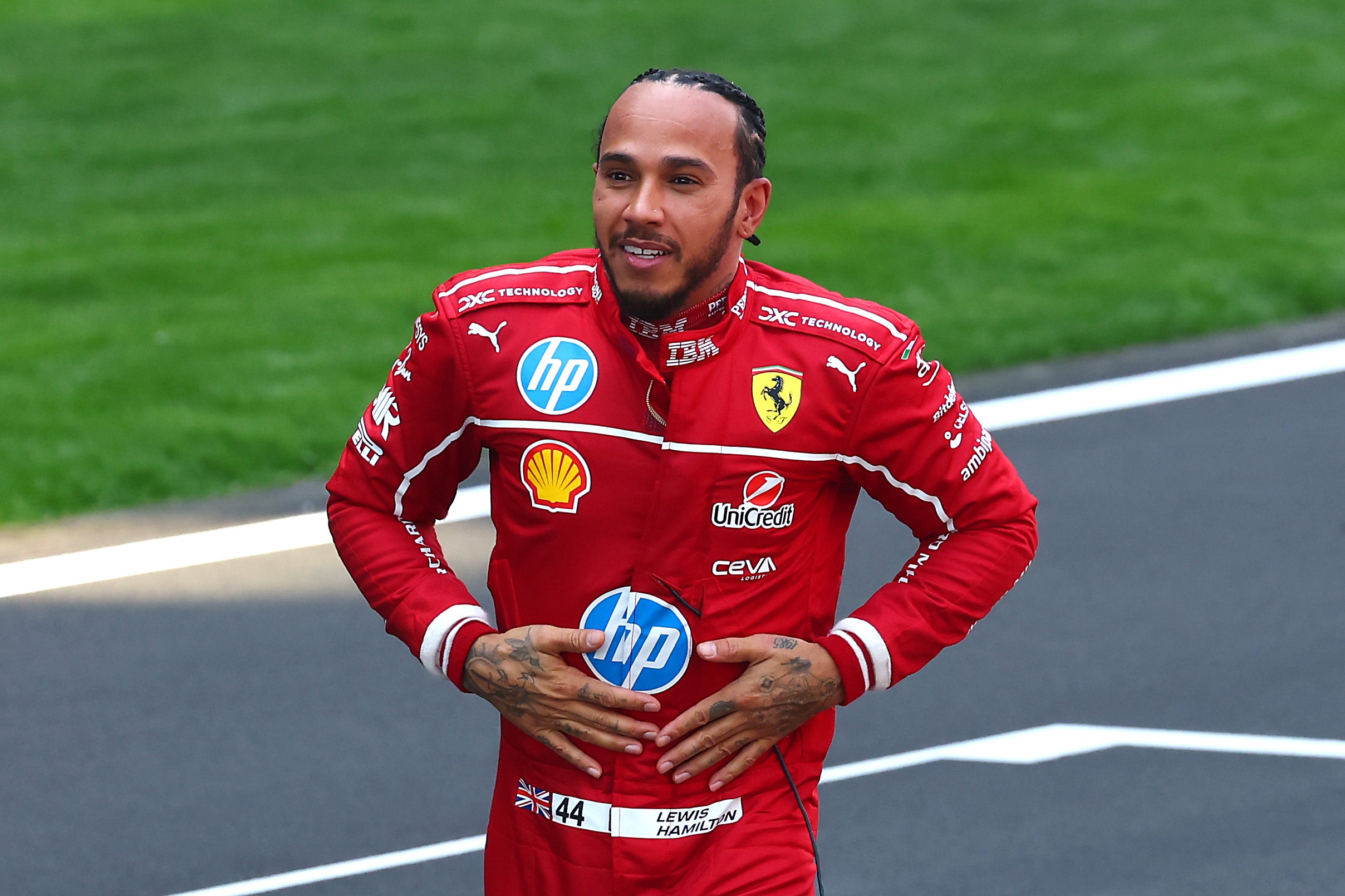
Pressure Cooker at Maranello
The poor results have brought intense scrutiny from the Italian media and fans. Ahead of the Canadian Grand Prix, speculation ramped up about team principal Fred Vasseur’s future, with some reports hinting that his role might be in jeopardy. Although Vasseur’s contract runs through the end of 2025, Ferrari could simply choose not to renew it.
Potential replacements such as Christian Horner or Antonello Coletta have been mentioned—names with very different management styles, each with potential clashes or synergies with Ferrari’s current driver lineup. Yet, this cycle of blame and scapegoating is nothing new at Maranello. Since 2014, Ferrari has gone through several team bosses—Matia Binotto, Maurizio Arrivabene, and now Vasseur—all facing similar pressures and criticisms.
Still, Vasseur’s accountability is real. Unlike his predecessors, he initially brought calm and structure, but now those early gains seem to be eroding.
Leadership and Technical Challenges
A key difference between Ferrari and McLaren this season lies in leadership and technical structure. Andrea Stella’s success at McLaren came from reorganizing and re-energizing the existing team rather than flashy signings. Ferrari’s technical setup, by contrast, hasn’t been able to fully exploit the talent at hand.
The internal inefficiencies are becoming clearer as operational mistakes pile up—from baffling race strategies to missed communications during qualifying sessions, such as Hamilton not being warned about a rival’s flying lap in Monaco Q1, leading to a penalty.
Drivers: Not the Problem, But Not a Cure-All
The spotlight often turns to Ferrari’s drivers when things go wrong. Yet, this year’s data suggests the problem isn’t with Hamilton or Leclerc individually.
Hamilton’s start to 2025 has statistically been his worst career opening, with zero podiums after ten races. But in the championship, he sits close behind Leclerc, and their qualifying performances are almost identical. Leclerc currently contributes a slightly larger share of Ferrari’s points, but Hamilton is mirroring that output, essentially filling the shoes of the departed Carlos Sainz.
Interestingly, all experienced drivers who have switched teams this year—Hamilton, Sainz, and Alonso—are struggling to fully match teammates more integrated into their car setups. The 2025 cars are complex and require significant adaptation.
The Bigger Picture: Systemic Issues at Ferrari
Ferrari’s faltering performance exposes deeper systemic issues. Unlike McLaren, who have optimized and empowered their team, Ferrari seem stuck in a cycle of high expectations followed by early disappointment and internal blame games.
Despite decent pit stops, Ferrari’s race strategy and intra-team communication have faltered at critical moments. This regression undermines the stability that Vasseur initially brought.
Looking Forward: The 2026 Challenge
As Ferrari’s 2025 campaign slides toward being a lost cause, their focus must shift toward 2026. The upcoming regulation changes represent a fresh start, but Ferrari must show measurable improvements before the end of this year. Continuing to carry forward inertia from 2025 without addressing root causes will only repeat the familiar story: high hopes, crushing setbacks, scapegoats named, and yet another cycle of hope.
For Ferrari, the pressure is immense. The team must leverage its legendary heritage not as a burden, but as motivation to rebuild from within. The next few months will be critical in determining whether the Prancing Horse can regain its competitive edge or fall further behind in Formula 1’s rapidly evolving landscape.
In conclusion, Ferrari’s 2025 season is a cautionary tale of unmet expectations, leadership challenges, and operational shortcomings. While the drivers remain solid, the team as a whole must find ways to optimize its resources, refine its strategies, and prepare rigorously for the 2026 revolution. Only then can Ferrari hope to reclaim its rightful place at the pinnacle of motorsport.
Full Video:

